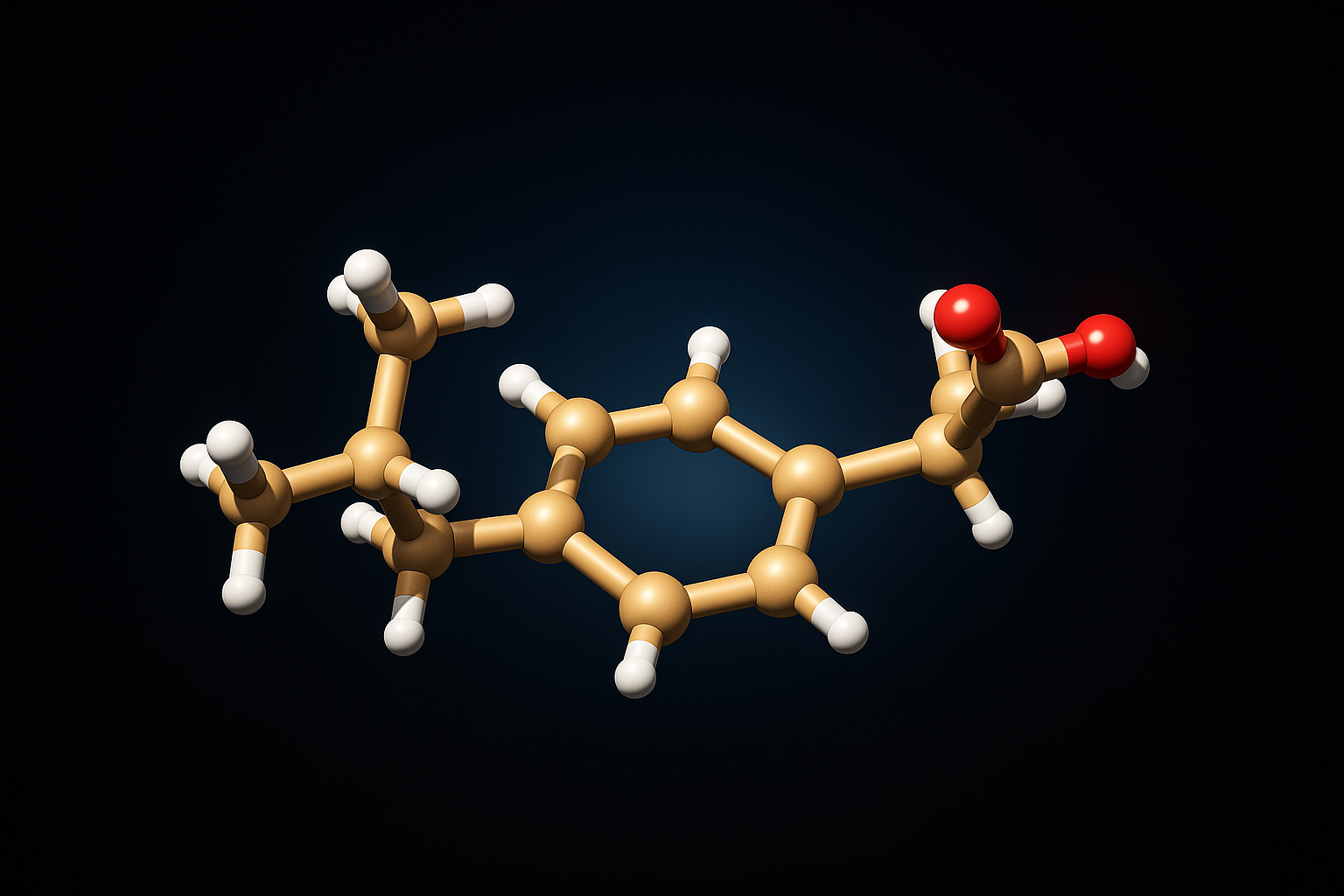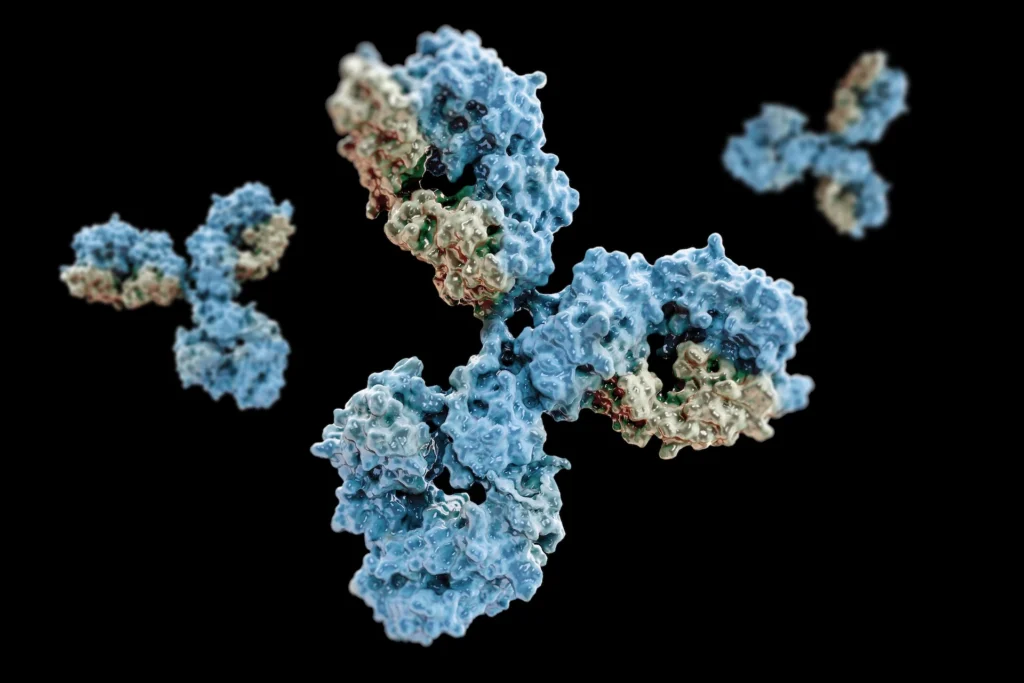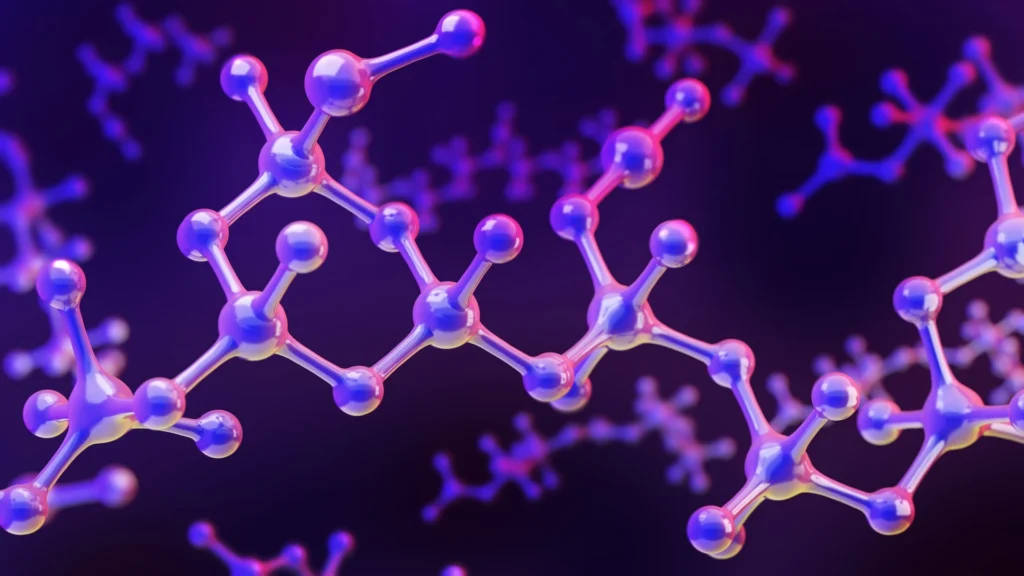A generalized framework for developing (chemically-modified) nucleic acid force field was proposed, and demonstrated its application to native RNA/DNA hybrid systems. This framework allows fitting all key dihedrals simultaneously of a complete nucleotide model compound—improving conformational fidelity, including for modified nucleic acids. It delivers AMBER/CHARMM-level accuracy, with notable gains for RNA/DNA hybrids.
Background
Nucleic acids power today’s biology and medicine—from mRNA/siRNA therapies to DNA nanodevices and CRISPR delivery—so simulations must faithfully predict conformations and structure–function links. Yet many popular force fields (FFs) rely on ad-hoc assumptions and piecemeal torsion fits, limiting accuracy and transferability, especially for modified nucleotides and hybrid systems.
- Where FFs fall short: Misrepresentation of backbone dihedrals, sugar pucker, base stacking, and ion interactions.
- Hard cases: Chemically modified nucleic acids, RNA/DNA hybrids, and noncanonical motifs.
- Why this matters: Uncertain guidance for design and weak predictive power across systems and conditions.
- What’s needed: Systematic, jointly parameterized FFs that capture coupled torsional physics for realistic therapeutic and nanotech applications.
Challenge
For decades, nucleic-acid simulations have struggled with foundational limitations that erode accuracy and transferability:
- Fragmented torsion fitting
- Backbone dihedrals (α–ζ, χ, ν) were often parameterized independently on oversimplified model compounds, ignoring couplings among angles, sugar-pucker/phosphate interactions, and ion/solvent effects—yielding nonphysical conformational preferences.
- Legacy parameters in new clothes
- Outdated torsion terms were repeatedly ported into new force fields, creating families of models with shared biases and inconsistent performance across sequences, salt conditions, and temperatures.
- Coverage gaps for complex motifs
- Conventional FFs frequently misdescribe RNA/DNA hybrids, B-DNA polymorphism (A↔B balance, groove geometry), and G-quadruplex topologies, and struggle with chemically modified nucleotides used in therapeutics.
What’s needed is a generalized, systematic, and scalable framework that (i) jointly fits all critical dihedrals with realistic nucleotide contexts, (ii) captures coupled torsional physics under explicit solvent/ion conditions, and (iii) extends naturally to modified bases/sugars/phosphates, enabling reliable simulations across diverse biological settings.
Approach
This framework establishes a new, data-rich paradigm for nucleic-acid force fields by treating torsional physics as a coupled, context-dependent problem rather than a set of isolated angles.
Dynamic Sampling of Complete Nucleotide Units
- Use advanced MD/metadynamics to generate thousands of low-energy conformers per nucleotide under explicit solvent/ions.
- Preserve sugar–phosphate coupling, base stacking, and ion effects, avoiding artifacts from truncated model compounds.
- Deliver statistically robust ensembles that reflect sequence, salt, and temperature dependence.
Simultaneous Parameterization of Dihedral Angles
- Fit all critical backbone and glycosidic torsions (α–ζ, χ, ν) together, capturing cross-correlations and enforcing global consistency across RNA and DNA.
- Minimize ad-hoc fixes by anchoring parameters to coherent multi-dimensional energy surfaces, improving transferability to noncanonical motifs.
Integration with Existing Simulation Ecosystems
- Interoperable with AMBER protein FFs, enabling reliable protein–RNA/DNA complex simulations without bespoke glue layers.
- Built for scalable extension to modified nucleic acids (e.g., via modXNA), so therapeutic chemistries inherit the same systematic, coupled parameterization pipeline.
Key Findings
State-of-the-art accuracy
Matches the performance of leading AMBER and CHARMM force fields across standard RNA/DNA benchmarks.
More reliable RNA/DNA hybrid modeling
Better stabilization of hybrid duplexes with correct sugar pucker populations and backbone geometries—key for therapeutic oligonucleotide design.
Consistent small-RNA stability
RNA tetramers and tetraloops show realistic conformational preferences and melting behavior aligned with experimental data.
Impact
For therapeutic development
This generalized framework delivers more reliable structures and energetics for RNA/DNA hybrids, improving confidence in sequence selection, chemical modifications, and formulation choices for oligonucleotide drugs. By capturing correct sugar pucker and backbone coupling, it helps predict stability, target binding, and off-target risks earlier in the design cycle.
For the research community
The framework replaces ad-hoc torsion tuning with a reproducible, systematic workflow—dynamic whole-nucleotide sampling plus simultaneous dihedral fitting. This reduces parameter inheritance and hidden biases, enabling transparent benchmarking, easier cross-lab comparison, and faster iteration on difficult motifs.
For molecular simulation promotion
This case shows that simulation is not merely a validator of experiments—it can drive force-field innovation and expand the chemical space we can model with confidence. By cleanly extending to chemically modified nucleotides and complex architectures, it opens routes that experiments alone can’t fully map, accelerating discovery from method to medicine.
Why It Matters
By using molecular simulation as both the discovery and validation engine, the new nucleic-acid force field models are developed from rich, whole-nucleotide ensembles and validated against diverse structural/thermodynamic benchmarks.
This flips the old workflow—where simulation trailed experiments—into a predict-then-confirm cycle that anticipates behavior for modified nucleotides, RNA/DNA hybrids, and noncanonical motifs.
The broader takeaway is clear: simulation is no longer a backstop; it is a primary driver of innovation that accelerates design, reduces trial-and-error, and expands what biology and medicine can model with confidence.
👉 Takeaway: This framework proves that when combined with systematic sampling and dihedral reparameterization, molecular simulation can transform force field development—empowering researchers to design, predict, and innovate in nucleic acid therapeutics and beyond.
Reference
A Generalized Framework for Developing Dihedral Torsion Energy Terms in Nucleic Acids Force Fields.
Chungwen Liang, David Pekker, Alessio Valentini, and Swagatam Mukhopadhyay. J. Chem. Theory Comput. 21:7535–7549 (2025)




